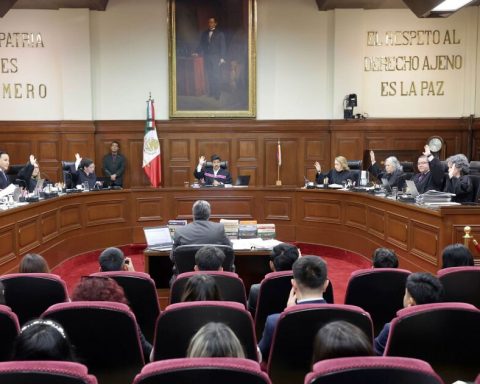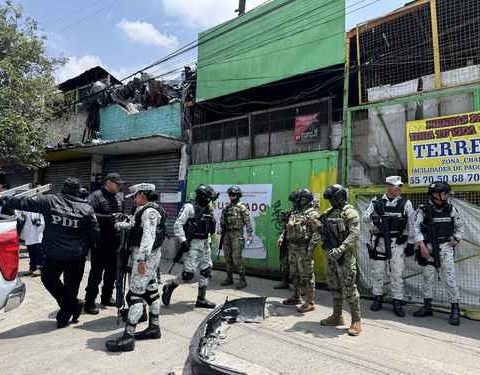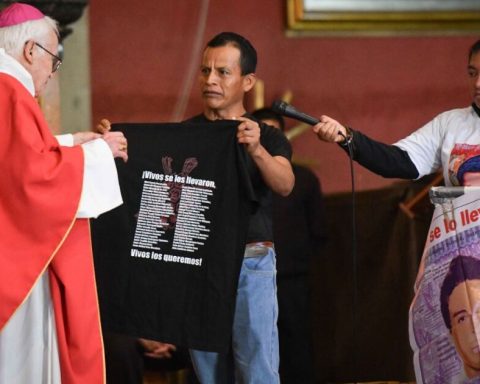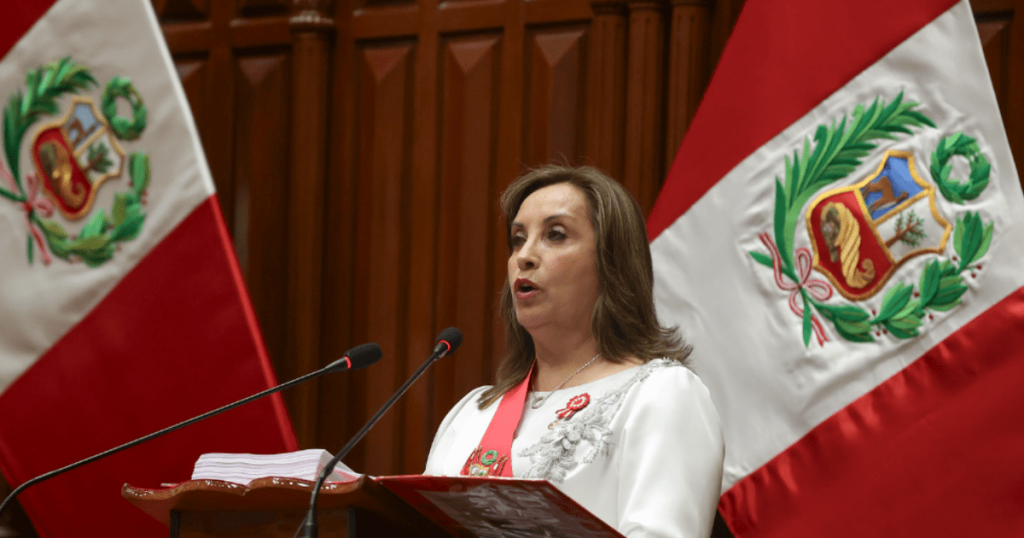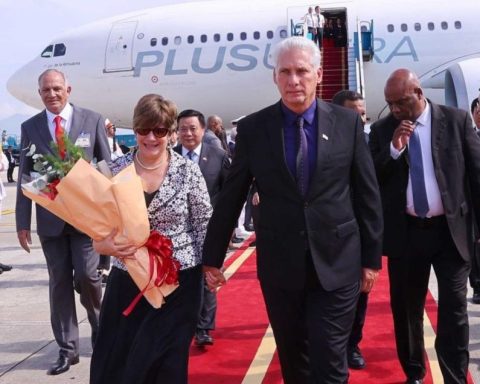AND
July 4th was fulfilled one year after the death of Adolfo Gilly, one of the most important Latin American left-wing intellectuals. It is significant that his best-known work and the one that has had the greatest impact, The interrupted revolution (Ediciones El Caballito, 1971), was written during the years he spent as a political prisoner in Lecumberri at the end of the 1960s. The conditions of his confinement meant that his research and his account were constructed only from secondary sources. His aim was not to make an academic book. On the contrary, it was a militant book, as Gilly himself wrote:
“The theoretical foundations of this text, which are both a history and a Marxist interpretation of the Mexican Revolution, are in the conception of the permanent revolution and in the essential idea of Marxism that the history of revolutions is for us… the history of the violent irruption of the masses in the government of their own destinies. [p. 5] […]The purpose of this work is not to conduct historical research or to present a theoretical thesis. It is to explain and understand in order to organize a revolutionary intervention. [p. 399].”
Nothing could be further from the academic history prevalent in those years. Perhaps this distancing from the Mexican academy allowed him to see the revolution from a very different perspective, because the questions were of a different nature and that is why he found a different meaning in the same events and characters studied by other researchers and produced a new interpretation of them.
The historiographical consensus in the 1960s was that the revolution had had a popular, agrarian, nationalist and anti-imperialist character. The revisionist current of the following two decades questioned this homogeneous vision and proposed that there was not just one Mexican Revolution, but many, with multiple actors and projects, sometimes opposed, and that one of the currents had been the winner and had built the post-revolutionary State on the defeat of the others.
By contrast, The interrupted revolution Gilly had reaffirmed the revolutionary character of what had happened in Mexico between 1910 and 1940: the oligarchic State and its army had been destroyed; new institutions had been created; the land had been given to the peasants and advanced social legislation had been established. These profound changes were the result of the revolutionary action of the peasants, particularly the Villistas and Zapatistas. This was the main novelty of Gilly’s book, that for the first time the Mexican Revolution was explained by what the armed peasants and the people who followed Villa and Zapata had done. The peasant armies built their own political leadership, they had autonomy from the Carrancist leadership and not only did they contribute decisively to destroying the Porfirista-Huertista State, but they also made progress in building a different project. They were capable, in 10 years of civil war, of remaking the country and of remaking themselves, elevating their two emblematic leaders to a dimension beyond the Mexican borders.
Gilly’s book had a huge impact. It became a textbook for CCHs and high schools, and was widely read in public universities. It was perhaps the most widely read book on the Mexican Revolution in the 1970s and 1980s. It was a highly polemical text. His characterization of the Mexican Revolution as an interrupted revolution, in which the action of the peasant masses had destroyed the oligarchic State, but which, lacking a program and a revolutionary party, allowed the petty bourgeoisie to take power and defeat them, as well as his assertion that the action of the peasants was revolutionary and part of the world revolution, but had been left in abeyance, unleashed broad debates. Gilly summarized his interpretation as follows:
“The revolution was interrupted. This means that it did not achieve the fullness of the socialist objectives potentially contained in it, but it was not defeated either; it could not continue to advance, but its forces were not broken or dispersed, nor were its essential conquests lost or abandoned. It left power in the hands of the bourgeoisie, but prevented it from establishing itself on its own social bases; it allowed economic development, but prevented social development. It left, on the other hand, in the hands and in the heads of the masses an inextinguishable historical security in their own forces… the revolution and the possibility of continuing it remained alive, in the consciousness of the masses and in its essential conquests. That was after the period of Lázaro Cárdenas. [ibidem, p. 394].”
For a long time, the most rigid part of the Mexican academy underestimated Gilly’s merits, considering him a journalist, not a historian. He was even disqualified because The interrupted revolution It had almost no footnotes, ignoring the conditions under which it had been written.
Despite these criticisms, Gilly’s book stood on its own. It became a classic. It was widely read, much more than the works of its critics. And it encouraged debate. In the following years there was an intense discussion about the nature of the revolution. Adolfo’s proposal was and remains an indispensable reference in this controversy.

